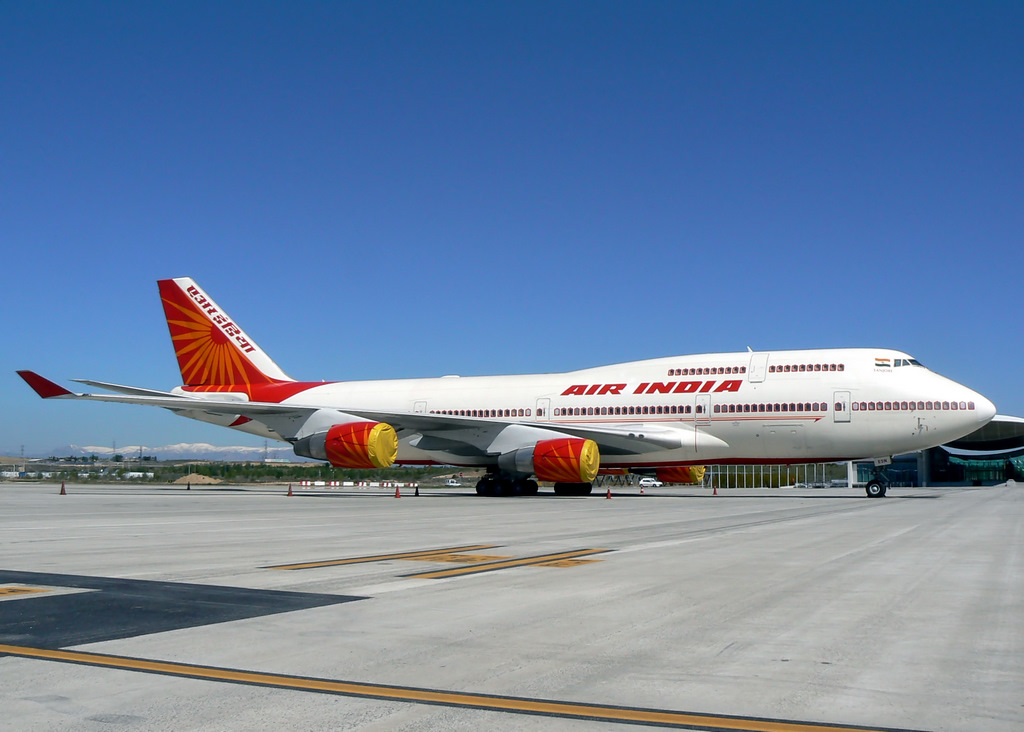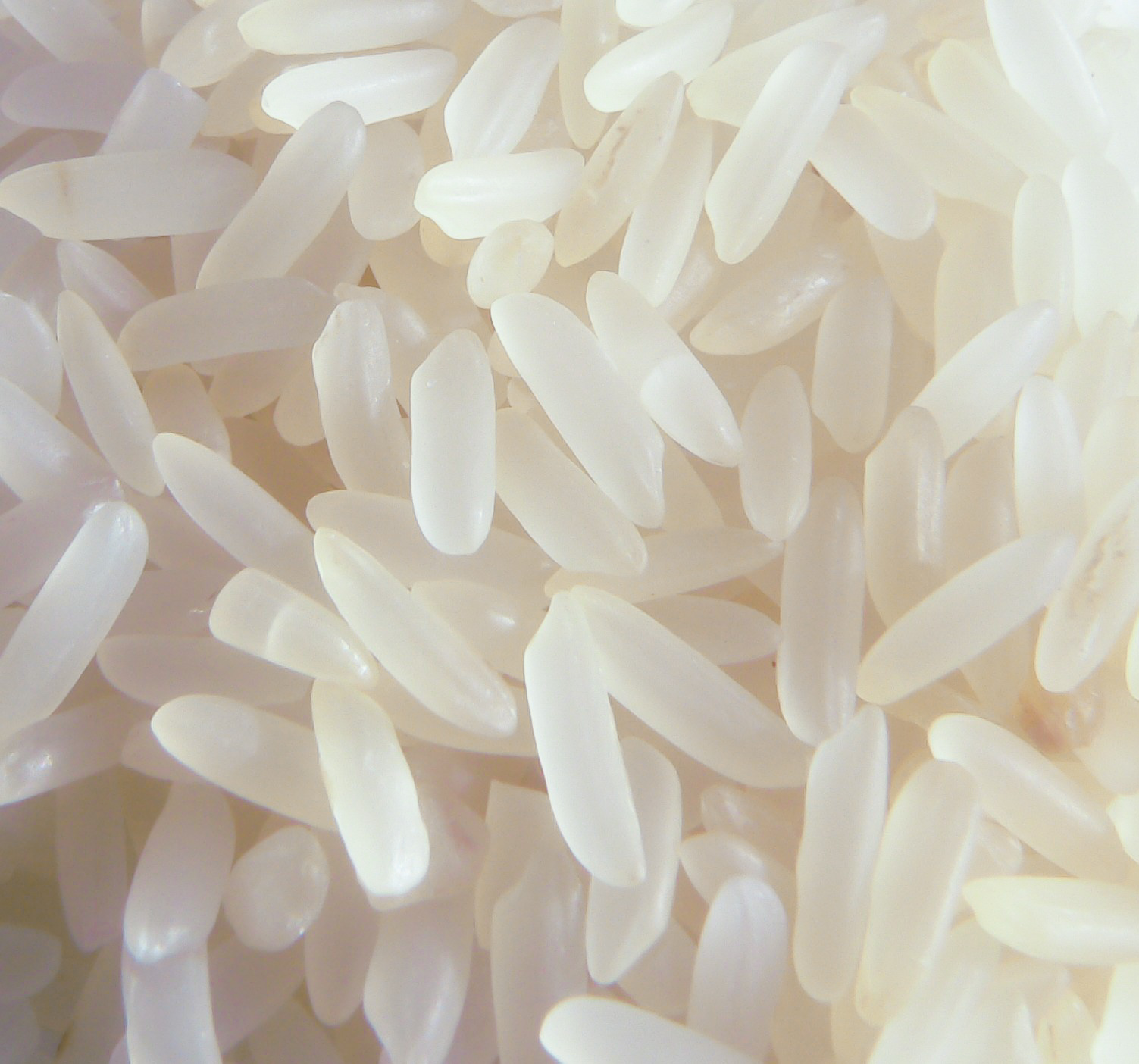In yesterday’s column on Air India I made a rather silly mistake, which I want to correct here. For the year 2015-2016, the government run airline made an operational profit of Rs 8 crore.
Using this data point, I said that for 2015-2016, the government wouldn’t have to pour any more taxpayer money into Air India. This is incorrect primarily because I assumed operational profit to be the same as net profit.
Anyone who has studied Finance 101 knows that operational profit and net profit are two different things all together. Operational profit is the profit that a company makes from its business operations. After this, the company needs to pay interest on its debt, as well as taxes to the government. What remains is the net profit.
While I shouldn’t have made a silly mistake like this, I am glad I did because it allowed me to dig deeper and come across some more data, which makes my point even stronger. This data came from two written replies that the minister of state for civil aviation Mahesh Sharma recently provided to the Lok Sabha.
In 2015-2016, Air India made a net loss of Rs 2,636 crore. This means that between 2010-2011 and 2015-2016, the airline has made a total loss of Rs 34,689.7 crore. And that is not a small amount by any stretch of imagination.
| Year | Loss (in Rs crore) |
| 2015-2016 | 2,636 |
| 2014-2015 | 5,859.1 |
| 2013-2014 | 6,279.6 |
| 2012-2013 | 5,490.1 |
| 2011-2012 | 7,559.7 |
| 2010-2011 | 6,865.2 |
| Total | 34,689.7 |
| Source: Public Sector Enterprises Survey and Ministry of Civil Aviation |
Given the loss of Rs 2,636 crore, this means that the government would have had to pour money into Air India in 2015-2016. In fact, until March 2016, the government had already poured Rs 22,280 crore into Air India. For 2016-2017, an equity infusion of Rs 1,713 crore has already been approved.
The question to ask is how has the airline managed to bring down its losses to Rs 2,636 crore from Rs 5,859.1 crore in 2014-2015? The minister of civil aviation Ashok Gajapati Raju, told the Lok Sabha that the airline was able to cut operational expenses by almost 11% during the course of the year and that helped it run an operational profit of Rs 8 crore.
That is just a part of the answer and a very minor part to boot. Let’s look at some more numbers
| Air India | 2012-2013 | 2013-2014 | 2014-2015 | 2015-2016 |
| Year | ||||
| Total revenue | 18,213.79 | 20,140.59 | 20,606.27 | 21,315 |
| Total expenditure | 23,703.95 | 26,420.19 | 26,466.18 | 23,951 |
| Net Loss | -5,490.16 | -6,279.6 | -5,859.91 | -2,636 |
| (in Rs crore) | ||||
| Source: From a written answer provided by Mahesh Sharma, the minister of state for civil aviation, to the Lok Sabha. | ||||
As can be seen from the above table the total revenue of Air India has been growing at a very slow pace since 2012. In fact, between 2014-2015 and 2015-2016, the airline managed to increase its sales by just 3.4%.
This isn’t surprising given that it continues to lose market share. In 2013-2014, Air India had a domestic market share of 19%. Since then, it has fallen to 16%(as of February 2016). The airline continues to have a brand image problem and is the airline of preference of a very few people.
That apart, the airline has managed to bring down its expenditure by 9.5% or by Rs 2,515.2 crore, between 2014-2015 and 2015-2016. The question is how has this happened? The simple answer to this lies in the fact that jet fuel prices have fallen during the course of the last financial year and the airline has benefited tremendously because of it.
As I had mentioned in yesterday’s column, in May 2015, the jet fuel price was $1.84 per gallon. By March 2016, this had fallen to $1.07 per gallon. In fact, the price was even lower at $0.93 per gallon in January 2016.
Further, a March 2016 PTI report quotes an Air India official as saying that in 2015-2016, the fuel bill of the company would be around Rs 5,700 crore, which would be lower in comparison to the Rs 8,200 crore bill that the company ran up in 2014-2015.
What does this mean? The company saved Rs 2,500 crore because of lower fuel costs. And how much did the total expenditure of the airline fall by? Rs 2,515.2 crore, as I calculated earlier in the column.
Hence, the expenditure of the airline has fallen primarily because of lower fuel prices. And this has allowed it to make lower losses and at the same time make an operational profit. The numbers make me wonder what operational efficiency was the civil aviation minister talking about.
Further, lower fuel prices are not within the control of the airline. And as soon as prices start to go up, the airline’s losses will start to increase as well. And the meagre operational profit will turn into a loss.
In his reply to the Lok Sabha, minister of state for civil aviation, Mahesh Sharma, has offered a range of reasons as to why Air India makes losses. High fuel prices are one reason. This impacts all airlines and not just Air India. If high fuel prices were an issue, how did Indigo make profits all these years? Further, this cannot be reason for 2015-2016, when jet fuel prices have fallen dramatically.
Sharma also offers other reasons for the non-performance of the airline. One reason offered is high airport usage charges. These charges are not just borne by Air India, other airlines shell it out as well, which in turn is recovered from the end consumer.
Sharma then tells us that competition from low cost carriers is another reason why airline is losing money. But this is true about all other airlines which are operating. The competition is not just specific to Air India.
This also brings out another important point regarding competition and the lack of success of public sector enterprises. As Dwijendra Tripathi writes in The Oxford History of Indian Business: “The profits before interest and taxes as the percentage of capital employed in the public sector remain on an average very low…Few of the profit-making units were operating in a competitive framework; the bulk of the profits came from companies operating in sectors in which the public sector employed a near monopoly position.”
This is a point made in the latest Economic Survey as well. As it points out: “The Indian aviation and telecommunication sectors of today are unrecognizably different from what they were 20 years ago, with enormous benefits for the citizens. Public sector companies now account for a small share of the overall size of these sectors.”
Long story short—when public sector enterprises face any sort of competition from the private sector, their best days soon get over. Air India is a brilliant example of that.
Sharma in his reply also blames the weakening of the Indian rupee for extreme losses. Jet fuel has to be imported and if the rupee weakens against the dollar, the cost of jet fuel also goes up. Nevertheless, this is a risk faced by every airline in the world which does not earn a major portion of its revenues in dollars, and is not just specific to Air India. Also, there are ways an airline can go about hedging these risks.
The point being that Sharma comes up with many reasons except for the fact that the government does not know how to run an airline. Or should a government be running an airline in the first place? Well, if it can make condoms, it can sure run an airline.
And honestly, any other minister, in his place, would have come up with the same set of excuses. The fact of the matter is that a civil aviation minister without Air India coming under him, would essentially be rendered useless.
To conclude, as I said yesterday, the Rs 8 crore operational profit, will be used as an excuse to show the revival of the airline and keep it running. Nevertheless, as soon as fuel prices start to go up, losses will increase. The taxpayer will continue to bailout the airline.
Rest assured!
The column originally appeared in the Vivek Kaul Diary on Equitymaster



